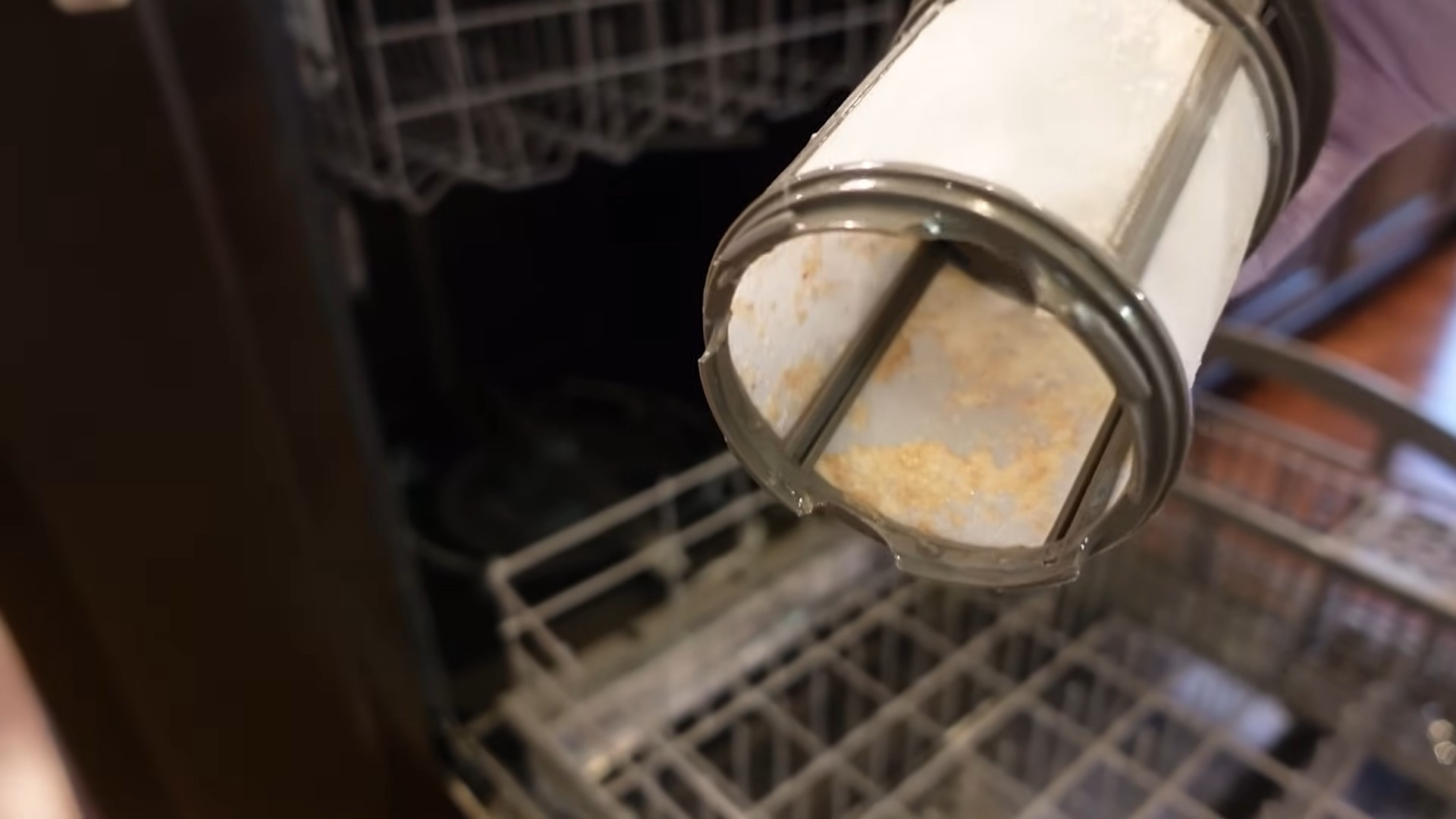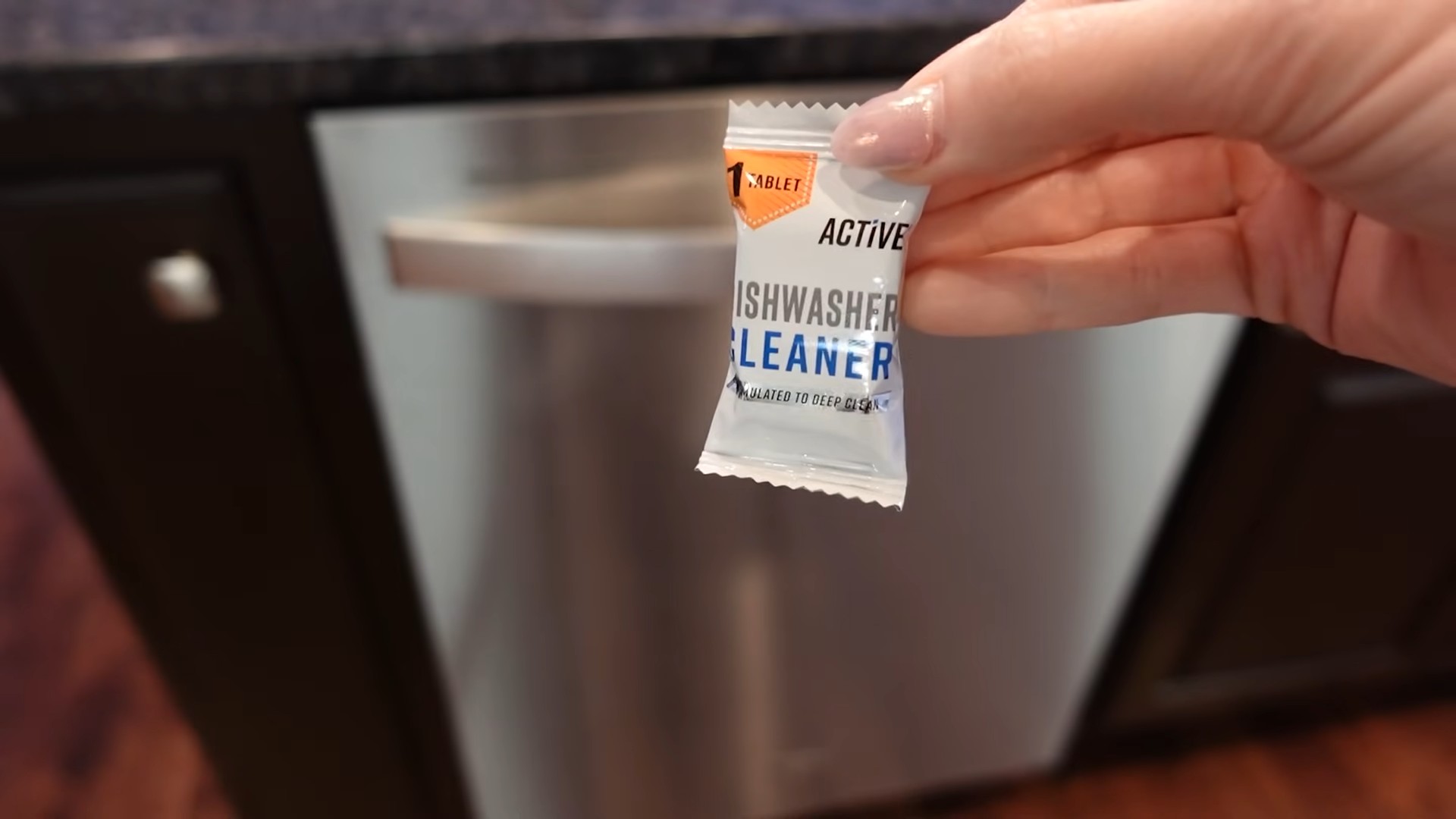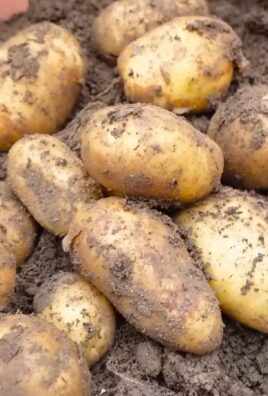Growing Eggplant Indoors might seem like a challenge reserved for seasoned gardeners, but trust me, with a few clever tricks and a little DIY spirit, you can absolutely cultivate these beautiful, glossy fruits right in your own home! Forget those bland, store-bought eggplants – imagine the satisfaction of harvesting your own, bursting with flavor and freshness, even when the weather outside is frightful.
Eggplants, also known as aubergines, have a rich history, originating in Southeast Asia and making their way across the globe. For centuries, they’ve been a staple in diverse cuisines, from hearty Mediterranean stews to spicy Asian stir-fries. But you don’t need a sprawling garden to enjoy them.
Why bother with the effort of growing eggplant indoors? Well, for starters, it extends your growing season, allowing you to enjoy fresh eggplants long after the outdoor harvest is over. Plus, it gives you complete control over the growing environment, protecting your precious plants from pests, diseases, and unpredictable weather. In this article, I’m going to share some simple, effective DIY hacks that will empower you to successfully grow eggplants indoors, regardless of your experience level. Get ready to transform your windowsill into a mini-farm and savor the delicious rewards!

Growing Eggplant Indoors: A Comprehensive Guide
Hey there, fellow plant enthusiasts! Ever dreamt of enjoying fresh, homegrown eggplant even when the weather outside is frightful? Well, dream no more! I’m here to guide you through the surprisingly rewarding process of growing eggplant indoors. It’s totally doable, and trust me, the taste of that first homegrown eggplant is worth every bit of effort.
Choosing the Right Eggplant Variety
Not all eggplants are created equal, especially when it comes to indoor growing. You’ll want to pick varieties that are compact and well-suited for container gardening. Here are a few of my favorites:
* Fairy Tale: These produce small, striped eggplants that are perfect for snacking and look absolutely adorable. They mature quickly, which is a huge plus for indoor growing.
* Patio Baby: As the name suggests, this variety is bred for containers. It yields lots of small, dark purple eggplants.
* Little Fingers: These slender, finger-like eggplants are prolific producers and don’t take up too much space.
* Hansel and Gretel: This duo produces clusters of small, colorful eggplants (purple ‘Hansel’ and white ‘Gretel’). They’re not only delicious but also add a touch of whimsy to your indoor garden.
Gathering Your Supplies
Before we dive into the planting process, let’s make sure you have everything you need. Here’s a checklist:
* Eggplant Seeds: Choose your desired variety from the list above or explore other compact options.
* Seed Starting Tray or Small Pots: These will be used to germinate the seeds.
* Seed Starting Mix: This is a light, sterile soil mix that’s ideal for seedlings.
* Larger Pots (at least 5 gallons): These will be the permanent homes for your eggplant plants.
* High-Quality Potting Mix: Choose a well-draining mix that’s rich in organic matter.
* Grow Lights: Eggplants need a lot of light, so invest in some good quality grow lights. LED grow lights are energy-efficient and work great.
* Liquid Fertilizer: A balanced fertilizer (like 10-10-10) or one specifically formulated for tomatoes and vegetables will provide essential nutrients.
* Watering Can or Spray Bottle: For gentle watering.
* Optional: Heat Mat: This can speed up germination.
* Optional: Small Fan: To improve air circulation and prevent fungal diseases.
Starting Your Eggplant Seeds
This is where the magic begins! Starting your seeds indoors gives you a head start on the growing season.
1. Prepare Your Seed Starting Tray: Fill your seed starting tray or small pots with seed starting mix. Moisten the mix thoroughly, but don’t let it get soggy.
2. Sow the Seeds: Plant the eggplant seeds about ¼ inch deep in the soil. I usually plant 2-3 seeds per cell or pot to increase the chances of germination.
3. Cover and Warm: Gently cover the seeds with soil and lightly mist with water. If you’re using a heat mat, place the tray on top. The ideal soil temperature for germination is around 80-85°F (27-29°C).
4. Maintain Moisture: Keep the soil consistently moist, but not waterlogged. You can cover the tray with a clear plastic dome or plastic wrap to help retain moisture.
5. Wait for Germination: Eggplant seeds can take anywhere from 7 to 14 days to germinate, so be patient.
6. Provide Light: Once the seedlings emerge, remove the plastic cover and place them under grow lights. Position the lights a few inches above the seedlings and keep them on for 14-16 hours per day.
7. Thin the Seedlings: Once the seedlings have their first true leaves (the second set of leaves), thin them out by snipping off the weaker seedlings at the soil line. Leave only the strongest seedling in each cell or pot.
Transplanting Your Seedlings
Once your seedlings have grown a few inches tall and have a strong root system, it’s time to transplant them into their permanent pots.
1. Prepare the Larger Pots: Fill your 5-gallon (or larger) pots with high-quality potting mix.
2. Carefully Remove the Seedlings: Gently remove the seedlings from their seed starting tray or pots. Be careful not to damage the roots. I find it helpful to use a small spoon or fork to loosen the soil around the roots.
3. Plant the Seedlings: Dig a hole in the center of the pot that’s large enough to accommodate the seedling’s root ball. Place the seedling in the hole and gently backfill with potting mix. Make sure the top of the root ball is level with the soil surface.
4. Water Thoroughly: Water the newly transplanted seedlings thoroughly to help settle the soil.
5. Provide Support: Eggplant plants can get quite heavy when they’re loaded with fruit, so it’s a good idea to provide support. You can use a stake or a tomato cage to help keep the plants upright.
Caring for Your Indoor Eggplant Plants
Now that your eggplant plants are in their permanent homes, it’s time to provide them with the care they need to thrive.
1. Light: Eggplants need at least 6-8 hours of direct light per day. If you’re growing them indoors, you’ll need to supplement with grow lights. Keep the lights on for 14-16 hours per day.
2. Watering: Water your eggplant plants regularly, but don’t let the soil get waterlogged. Check the soil moisture by sticking your finger into the soil. If the top inch of soil feels dry, it’s time to water.
3. Fertilizing: Feed your eggplant plants with a balanced liquid fertilizer every 2-3 weeks. Follow the instructions on the fertilizer label. You can also use a fertilizer specifically formulated for tomatoes and vegetables.
4. Temperature: Eggplants prefer warm temperatures, ideally between 70-85°F (21-29°C). Avoid exposing them to temperatures below 60°F (15°C).
5. Humidity: Eggplants prefer moderate humidity levels. If the air in your home is dry, you can increase the humidity by placing a tray of water near the plants or using a humidifier.
6. Pollination: Eggplants are self-pollinating, but they may need a little help indoors. You can hand-pollinate the flowers by gently shaking the plants or using a small paintbrush to transfer pollen from one flower to another. I usually do this in the morning when the flowers are open.
7. Pruning: Prune your eggplant plants to encourage bushier growth and better fruit production. Remove any suckers (small shoots that grow from the base of the plant) and any yellowing or dead leaves.
8. Pest and Disease Control: Keep an eye out for pests like aphids, spider mites, and whiteflies. You can control these pests by spraying the plants with insecticidal soap or neem oil. Also, ensure good air circulation to prevent fungal diseases. A small fan can work wonders!
Harvesting Your Eggplant
The moment you’ve been waiting for! Harvesting your own homegrown eggplant is incredibly satisfying.
1. Check for Ripeness: Eggplants are typically ready to harvest when they’re firm, glossy, and have reached their mature size and color. The skin should be smooth and unblemished.
2. Harvest Carefully: Use a sharp knife or pruning shears to cut the eggplant from the plant. Leave about an inch of stem attached to the fruit.
3. Enjoy Your Harvest: Use your freshly harvested eggplant in your favorite recipes. They’re delicious grilled, roasted, fried, or added to stews and curries.
Troubleshooting Common Problems
Even with the best care, you might encounter a few challenges along the way. Here are some common problems and how to address them:
* Yellowing Leaves: This could be a sign of overwatering, underwatering, nutrient deficiency, or pest infestation. Check the soil moisture, fertilize the plants, and inspect for pests.
* Blossom Drop: This is when the flowers fall off the plant without producing fruit. It can be caused by temperature stress, lack of pollination, or nutrient deficiency. Ensure the plants are getting enough light, hand-pollinate the flowers, and fertilize regularly.
* Small or Misshapen Fruit: This could be due to poor pollination, nutrient deficiency, or lack of water. Hand-pollinate the flowers, fertilize the plants, and water regularly.
* Pests: Inspect your plants regularly for pests and take action promptly. Insecticidal soap, neem oil, and beneficial insects can help control pests.
Growing eggplant indoors requires a bit of patience

Conclusion
So, there you have it! Growing eggplant indoors might seem like a daunting task, reserved for seasoned gardeners with sprawling greenhouses. But as we’ve shown, with a little planning, the right setup, and a dash of patience, you can absolutely cultivate these beautiful, glossy fruits right in the comfort of your own home. The satisfaction of harvesting your own homegrown eggplant, knowing exactly where it came from and how it was nurtured, is truly unparalleled.
Why is this DIY trick a must-try? Because it unlocks a world of possibilities! Imagine fresh eggplant parmesan made with eggplant you grew yourself, or a vibrant baba ghanoush bursting with flavor from your indoor harvest. Beyond the culinary delights, growing eggplant indoors offers a unique connection to nature, a therapeutic activity that can brighten your living space and your mood. It’s a chance to learn, experiment, and witness the miracle of life unfolding before your eyes.
Don’t be afraid to experiment with different varieties! While we’ve focused on some of the more compact options suitable for indoor growing, feel free to explore other types of eggplant. Consider trying ‘Fairy Tale’ for its beautiful striped skin and mild flavor, or ‘Little Fingers’ for its slender, bite-sized fruits. You can also play around with different container sizes and growing mediums to find what works best for your specific environment.
Another variation to consider is hydroponic eggplant growing. While it requires a slightly different setup, hydroponics can offer faster growth and higher yields. If you’re feeling adventurous, research hydroponic systems and see if they’re a good fit for your indoor gardening goals.
Remember, success in indoor gardening often comes down to observation and adaptation. Pay close attention to your eggplant plants, monitor their growth, and adjust your watering, fertilizing, and lighting as needed. Don’t be discouraged by setbacks; every gardener faces challenges, and learning from those experiences is part of the fun.
We wholeheartedly encourage you to give this DIY trick a try. Growing eggplant indoors is a rewarding experience that will not only provide you with delicious, fresh produce but also connect you with the natural world in a meaningful way. We are confident that you will find the process enjoyable and the results incredibly satisfying.
Once you’ve embarked on your indoor eggplant adventure, we’d love to hear about your experience! Share your tips, tricks, and triumphs in the comments below. Let’s create a community of indoor eggplant enthusiasts and learn from each other’s successes and challenges. Your insights could inspire others to take the plunge and discover the joys of growing their own food indoors. So, grab your seeds, prepare your pots, and get ready to experience the magic of growing eggplant indoors! We can’t wait to hear your stories!
Frequently Asked Questions (FAQ)
Q: What is the best variety of eggplant to grow indoors?
A: While many eggplant varieties can be grown indoors, compact varieties are generally the most successful. ‘Patio Baby,’ ‘Hansel,’ and ‘Gretel’ are excellent choices due to their smaller size and prolific fruit production. These varieties are specifically bred for container gardening and won’t outgrow their space as quickly as larger varieties. However, with proper pruning and support, you can experiment with other varieties as well. Just be sure to provide adequate space and support for the plant as it grows.
Q: How much sunlight does my indoor eggplant need?
A: Eggplants are sun-loving plants and require at least 6-8 hours of direct sunlight per day to thrive. If you don’t have a sunny window that provides enough light, you’ll need to supplement with grow lights. Full-spectrum LED grow lights are an excellent option as they provide the necessary light spectrum for healthy plant growth without generating excessive heat. Position the grow lights about 6-12 inches above the plants and adjust as they grow taller. Remember, insufficient light can lead to leggy growth, poor fruit production, and increased susceptibility to pests and diseases.
Q: What type of soil is best for growing eggplant indoors?
A: Eggplants prefer well-draining, fertile soil with a slightly acidic pH (around 6.0-6.8). A good potting mix specifically formulated for vegetables is ideal. You can also create your own mix by combining equal parts of peat moss, perlite, and compost. Avoid using garden soil, as it can be too heavy and may contain pests or diseases. Ensure your container has drainage holes to prevent waterlogging, which can lead to root rot.
Q: How often should I water my indoor eggplant?
A: Water your eggplant regularly, keeping the soil consistently moist but not waterlogged. Check the soil moisture by sticking your finger about an inch deep. If the soil feels dry, it’s time to water. Water deeply, allowing the excess water to drain out of the drainage holes. Avoid overhead watering, as this can promote fungal diseases. During hot weather, you may need to water more frequently.
Q: How often should I fertilize my indoor eggplant?
A: Eggplants are heavy feeders and require regular fertilization to produce abundant fruit. Start fertilizing about two weeks after transplanting your seedlings into their final containers. Use a balanced fertilizer (e.g., 10-10-10) diluted to half strength every two weeks. Once the plants start flowering, switch to a fertilizer higher in phosphorus (the middle number) to promote fruit development. Follow the instructions on the fertilizer label carefully to avoid over-fertilizing, which can burn the roots.
Q: How do I pollinate my indoor eggplant?
A: Eggplants are self-pollinating, but indoor plants may need a little help to ensure successful pollination. You can hand-pollinate your eggplant flowers by gently shaking the plant or using a small paintbrush to transfer pollen from one flower to another. Do this in the morning when the flowers are open. You can also use a small fan to circulate air around the plants, which can help to distribute pollen.
Q: What are some common pests and diseases that affect indoor eggplant?
A: Common pests that can affect indoor eggplant include aphids, spider mites, and whiteflies. Regularly inspect your plants for signs of infestation, such as yellowing leaves, sticky residue, or webbing. Treat infestations promptly with insecticidal soap or neem oil. Common diseases include powdery mildew and fungal leaf spots. Ensure good air circulation and avoid overhead watering to prevent these diseases. If necessary, use a fungicide specifically labeled for use on eggplants.
Q: How long does it take for eggplant to mature indoors?
A: The time it takes for eggplant to mature indoors depends on the variety and growing conditions. Generally, it takes about 60-80 days from transplanting to harvest. The fruits are ready to harvest when they are glossy, firm, and have reached their mature size and color. Gently twist or cut the fruit from the plant, leaving a small stem attached.
Q: Can I grow eggplant indoors year-round?
A: Yes, you can grow eggplant indoors year-round, provided you have adequate light and temperature control. Eggplants need consistent temperatures between 70-85°F during the day and 60-70°F at night. If your home gets too cold in the winter, you may need to use a space heater to maintain the proper temperature. With proper care, you can enjoy a continuous harvest of fresh eggplant throughout the year.




Leave a Comment